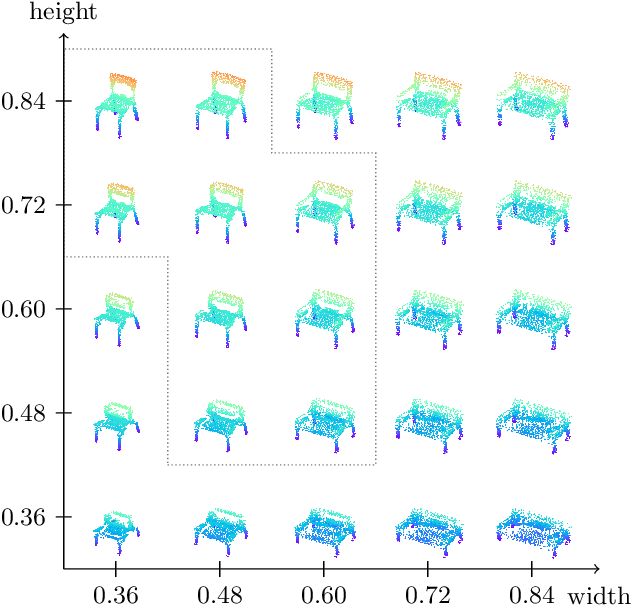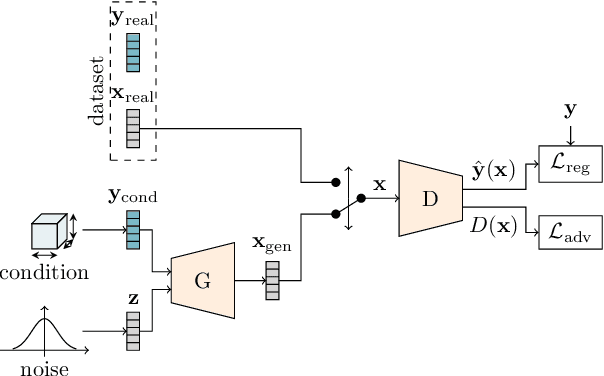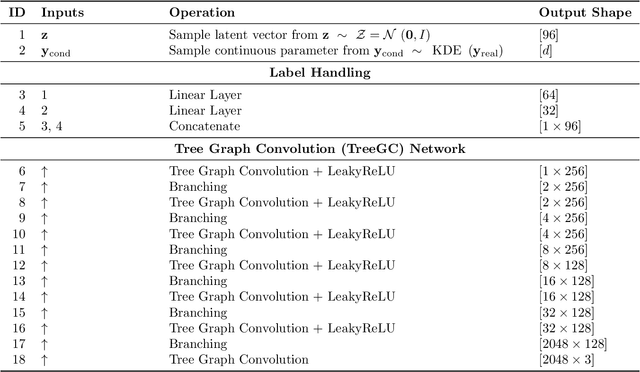Fabian B. Flohr
BEVDriver: Leveraging BEV Maps in LLMs for Robust Closed-Loop Driving
Mar 05, 2025Abstract:Autonomous driving has the potential to set the stage for more efficient future mobility, requiring the research domain to establish trust through safe, reliable and transparent driving. Large Language Models (LLMs) possess reasoning capabilities and natural language understanding, presenting the potential to serve as generalized decision-makers for ego-motion planning that can interact with humans and navigate environments designed for human drivers. While this research avenue is promising, current autonomous driving approaches are challenged by combining 3D spatial grounding and the reasoning and language capabilities of LLMs. We introduce BEVDriver, an LLM-based model for end-to-end closed-loop driving in CARLA that utilizes latent BEV features as perception input. BEVDriver includes a BEV encoder to efficiently process multi-view images and 3D LiDAR point clouds. Within a common latent space, the BEV features are propagated through a Q-Former to align with natural language instructions and passed to the LLM that predicts and plans precise future trajectories while considering navigation instructions and critical scenarios. On the LangAuto benchmark, our model reaches up to 18.9% higher performance on the Driving Score compared to SoTA methods.
Weakly Supervised Multi-Modal 3D Human Body Pose Estimation for Autonomous Driving
Jul 27, 2023Abstract:Accurate 3D human pose estimation (3D HPE) is crucial for enabling autonomous vehicles (AVs) to make informed decisions and respond proactively in critical road scenarios. Promising results of 3D HPE have been gained in several domains such as human-computer interaction, robotics, sports and medical analytics, often based on data collected in well-controlled laboratory environments. Nevertheless, the transfer of 3D HPE methods to AVs has received limited research attention, due to the challenges posed by obtaining accurate 3D pose annotations and the limited suitability of data from other domains. We present a simple yet efficient weakly supervised approach for 3D HPE in the AV context by employing a high-level sensor fusion between camera and LiDAR data. The weakly supervised setting enables training on the target datasets without any 2D/3D keypoint labels by using an off-the-shelf 2D joint extractor and pseudo labels generated from LiDAR to image projections. Our approach outperforms state-of-the-art results by up to $\sim$ 13% on the Waymo Open Dataset in the weakly supervised setting and achieves state-of-the-art results in the supervised setting.
Point Cloud Generation with Continuous Conditioning
Feb 17, 2022



Abstract:Generative models can be used to synthesize 3D objects of high quality and diversity. However, there is typically no control over the properties of the generated object.This paper proposes a novel generative adversarial network (GAN) setup that generates 3D point cloud shapes conditioned on a continuous parameter. In an exemplary application, we use this to guide the generative process to create a 3D object with a custom-fit shape. We formulate this generation process in a multi-task setting by using the concept of auxiliary classifier GANs. Further, we propose to sample the generator label input for training from a kernel density estimation (KDE) of the dataset. Our ablations show that this leads to significant performance increase in regions with few samples. Extensive quantitative and qualitative experiments show that we gain explicit control over the object dimensions while maintaining good generation quality and diversity.
 Add to Chrome
Add to Chrome Add to Firefox
Add to Firefox Add to Edge
Add to Edge